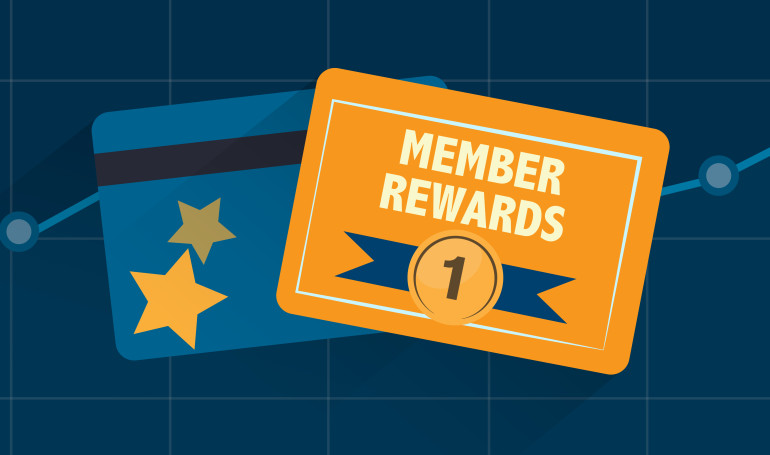
Members of retailers’ customer loyalty programs generate between 12 percent and 18 percent more revenue for retailers than do customers who are not members of the loyalty programs, according to new research from Accenture Interactive.
This key finding was based on a survey of retailers across specialty, big-box, department, drug and convenience stores in the United States. The Accenture research sought to identify key trends and challenges of retailers’ loyalty programs.
“Today’s customer loyalty programs are an increasingly expensive, complex and expansive business that extend beyond the marketing team into the entire organization,” said Farrell Hudzik, managing director of Accenture Interactive’s Global Loyalty and Rewards practice. “Given that loyalty program members generate significant incremental revenue compared with non-members, retail loyalty program leaders must anticipate future growth trends and capture the opportunity to differentiate in an increasingly fragmented marketplace.”
Retailers more focused on boosting membership base than ROI
Beyond the incremental increase in revenue, the research identified another, and perhaps more surprising, finding: fewer than one in five retailers focuses on ROI as a key metric of the success of their loyalty program. Specifically, when asked to identify success metrics for their program, only 19 percent of the retailers surveyed cited ROI.
The key areas that retailers focus most on in terms of their loyalty programs are program growth and revenue production metrics – such as membership growth rates (cited by 45 percent of respondents), share of transactions by members (42 percent) and number of transactions per year (36 percent) – as well member value metrics, such as retention rate (40 percent) and customer long-term value (37 percent). Fewer are focused on engagement metrics such as number of reward redemptions (cited by 32 percent of respondents), campaign response rates (27 percent) and customers engaged socially (16 percent).
“Given the maturity and sophistication of loyalty programs today, it’s surprising how little scrutiny retailers place on program ROI rather than just growing membership,” Hudzik said.
Challenges to loyalty growth: technology, competition, financial, talent
According to Accenture’s research, the biggest challenges retailers face regarding their loyalty programs relate to technology, strategy, financial management and people/talent. When asked to identify their biggest challenges, respondents most often cited:
- Keeping up with the underlying technology (mobile and digital capabilities) or investing enough in technology (40 percent);
- Keeping up with competing loyalty programs (33 percent);
- Managing the liability and financial complexity of the program (33 percent); and
- Having enough people and the right kind of talent required for today’s loyalty programs (30 percent).
Retailers think their loyalty programs are differentiated; customers don’t
While retailers believe that their loyalty/rewards programs are differentiated from those of their competitors, customers don’t. For instance, more than two-thirds (71 percent) of retailers surveyed said that their program was “differentiated” or “significantly differentiated” from those of their competitors. However, other research has found that roughly one-third of each retailer’s loyalty members cross-shop at another key competitor within the same channel1, and nearly half (44 percent) of consumers believe that it would be easy to replace a retailer’s loyalty program with a competitor’s program2.
C-suite support critical, but could be stronger
Nearly all respondents (97 percent) in Accenture’s research said that their loyalty programs receive C-suite support. However, fewer than half (43 percent) said they received “strong” C-suite support, with slightly more than half (54 percent) saying their programs receive “moderate” C-suite support.
“As with nearly every other industry, digital technology is transforming how retailers are interacting with their customers, suppliers and other partners,” Hudzik said. “The success of any good loyalty program hinges on the ability to identify and understand one’s customers and then provide them with a seamless experience through multiple touchpoints. For a retailer to set itself apart with a compelling and accessible loyalty/rewards program, its marketing department must have the total commitment of the C-suite to ensure that it gets the resources necessary to develop leading-edge analytics, digital and other technological capabilities.”
Chintan is the Founder and Editor of Loyalty & Customers.


